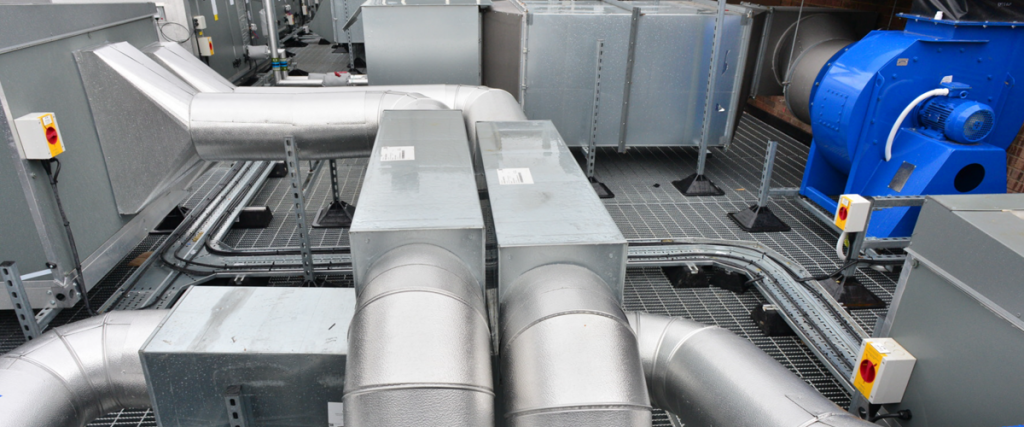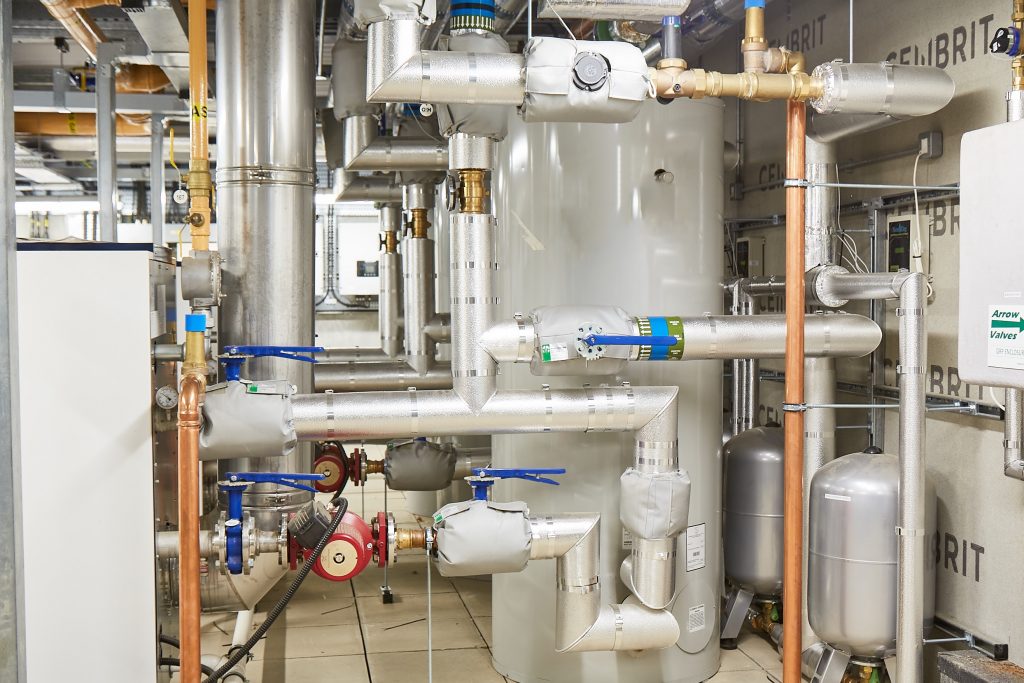Re-commissioning is a thoroughgoing and effective process to help improve the efficiency of an existing building’s systems and equipment. Problems can, and frequently do occur, during the design or construction of a building. Re-commissioning looks to address those developing issues, paying particular attention to how equipment has aged and to changes in building usage.
It involves a systematic evaluation of opportunities that may help to improve energy using systems.
An effective means to produce energy savings
Studies have shown that re-commissioning is one of the most cost-effective means for improving energy efficiency in commercial buildings. ‘Building Commissioning –A Golden Opportunity for Reducing Energy Costs and Greenhouse Gas Emissions’ by the Lawrence Berkeley National Laboratory (LBNL) in the US, discovered that the median energy savings on the buildings they studied amounted to an annual saving of 15 per cent. On average, this meant that the cost of retro-commissioning took 0.7 years to pay back.
What exactly is re-commissioning?
Re-commissioning is a set of systematic procedures that are used for reviewing an existing building with the aim of keeping or returning its operation to the identified requirements of the project as were set out at the building and development stage. It will typically focus on the building’s energy-using equipment, such as lighting, heating and HVAC. It will identify improvements that could be made to building controls, as well as other low cost operational measures.
The process should uncover energy saving deficiencies, as well as identifying improvements to building controls and a range of other low cost operational measures. As well as identifying efficiencies and producing energy savings it should also improve occupant comfort and productivity. It should also result in better indoor air quality as well as extended equipment life.
What sort of problems might re-commissioning identify?
There are a range of different energy saving issues that the re-commissioning might identify and rectify. These include:
- Lighting and other equipment that may be switched on when it doesn’t need to be.
- Systems that are simultaneously heating and cooling, and therefore wasting energy.
- Valves and belts that are not functioning properly.
- Any thermostats or sensors that are out of calibration.
- Air balancing systems that are not operating at an optimal level.
- Any economisers that are failing to work as they were designed.
- Control sequences that have ceased to function correctly.
- Any variable frequency drives that are operating at unnecessarily high speeds, that may be operating at a consistent speed even when load being served varies.
Many of these are small operational issues, and the control improvements required to rectify them cost very little or nothing at all to implement. Despite this, they can have a large impact. Something such as sensor calibration can not only improve your current operations but can also increase the overall effectiveness of diagnostic testing and monitoring.
Why is re-commissioning so important?
Re-commissioning is an integral part of building maintenance and development. Commercial buildings are evolving spaces with changing uses. They frequently undergo significant operational as well as occupancy changes. These can challenge the electrical, mechanical and control systems that may hinder optimal performance.
Building systems are increasingly complex, relying on highly interactive systems, with sophisticated controls that can impact right across building operations.
.

In effect, small problems can end up having a large impact on performance. Performance degradation over time is something that will affect all buildings.
Re-commissioning helps tackle some of these issues, removing inefficiencies and reducing costs. It helps to ensure that building systems are fit-for-purpose going forward.
The need for continual commissioning
Re-commissioning should not be seen as a quick fix for a long-neglected set of problems. Building staff will need training on any energy improvements that have been implemented. They should be able to understand the role they can play in finding operational improvements and energy savings.
The re-commissioning process is a means through which a range of operational and key performance data can be gathered, analysed and acted upon. Building operators are given the information they need to better understand when their building isn’t operating properly, and then take corrective actions. This can allow owners to break out of a cycle of repair, service and degradation. It can also help to ensure that the building is operating as efficiently as possible on an ongoing basis.
A comprehensive re-commissioning service from ECS Yorkshire
At ECS Yorkshire, we typically follow a four step re-commissioning process, beginning with an analysis of the existing building, through studying the water and energy efficiency, as well as benchmarking with similar buildings.
We will then prioritise a list of potential capital improvements, from the lowest to highest. As a key part of an overall energy efficiency process we will address any construction of latent design deficiencies. The whole process will be documented, with findings and improvements to be made. This can be applied to any ongoing operator training.
To find out more about how our re-commissioning services can help your business enjoy energy efficiency savings call 01535 600688″ or email info@ecs-yorkshire.co.uk.

